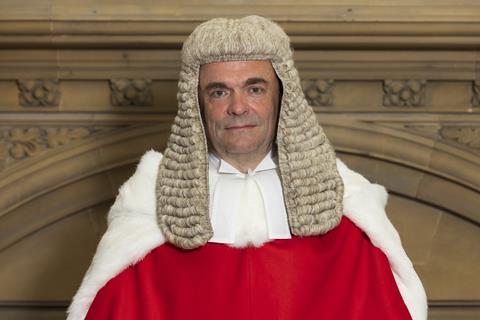One stereotype that may never recover from the marathon 'bitcoin identity' trial is that of the superannuated High Court judge baffled by any gizmo more novel than the wind-up gramophone. During the six-week Rolls Building hearing of COPA v Wright earlier this year, Mr Justice Mellor showed himself to be impressively on top of arguments involving crypto techniques, computer systems architecture and metadata. Perhaps this was not surprising, as he reminded us in his forthright 230-page written judgment handed down (impressively promptly) this week: blockchain is a doddle compared with some of the quotidien caseload of an IP judge.

In anticipation of any challenge to his finding that Dr Craig Wright's claim to be 'Satoshi Nakamoto' is a lie, the judge noted: 'The technology involved in his case is not particularly complex or difficult to understand (compared with some of the patent cases I have dealt with). Indeed, the more complex areas of technology in this case did not concern bitcoin or cryptography but the evidence which exposed [Wright's] forgeries.'
The judgment also hints that the judge devoted considerable thought to the documentary evidence submitted about the genesis of bitcoin, in particular to 'Satoshi's' seminal 2008 white paper and the correspondence exchanged before the inventor's disappearance with other crypto enthusiasts. And, although not part of his job in the case, Mellor even ventured his own theory on the identity mystery: 'My personal view, having heard all the evidence in this trial, is that it is likely that a number of people contributed to the creation of bitcoin, albeit that there may well have been one central individual.'
But the message from the judgment is that any such individual who tries to assert their claim in the London courts had better be on very solid ground indeed.































No comments yet